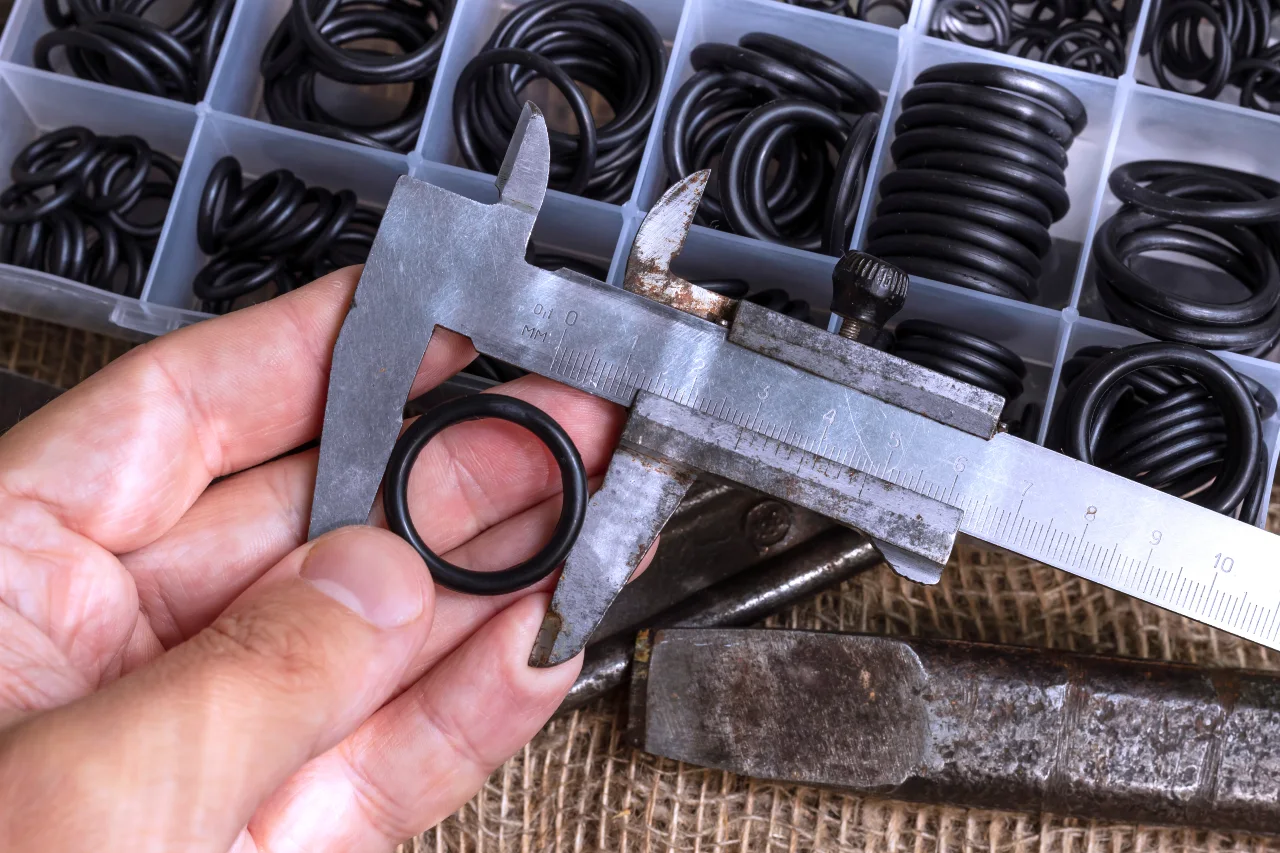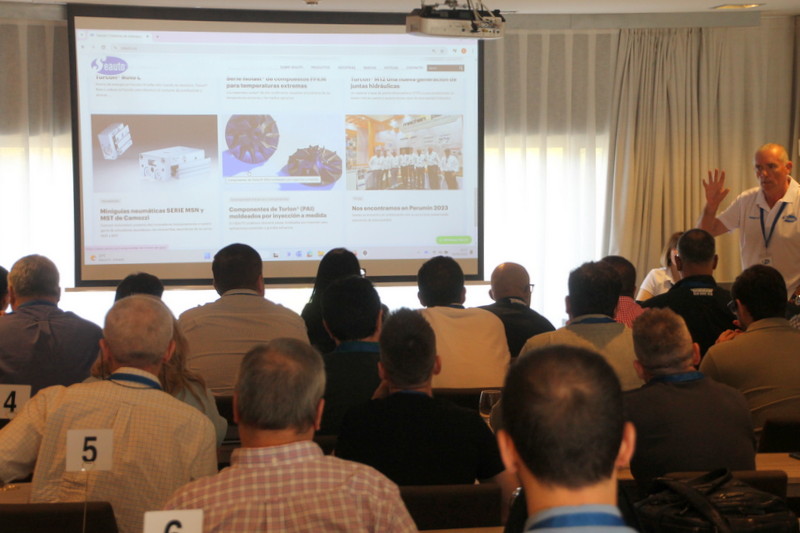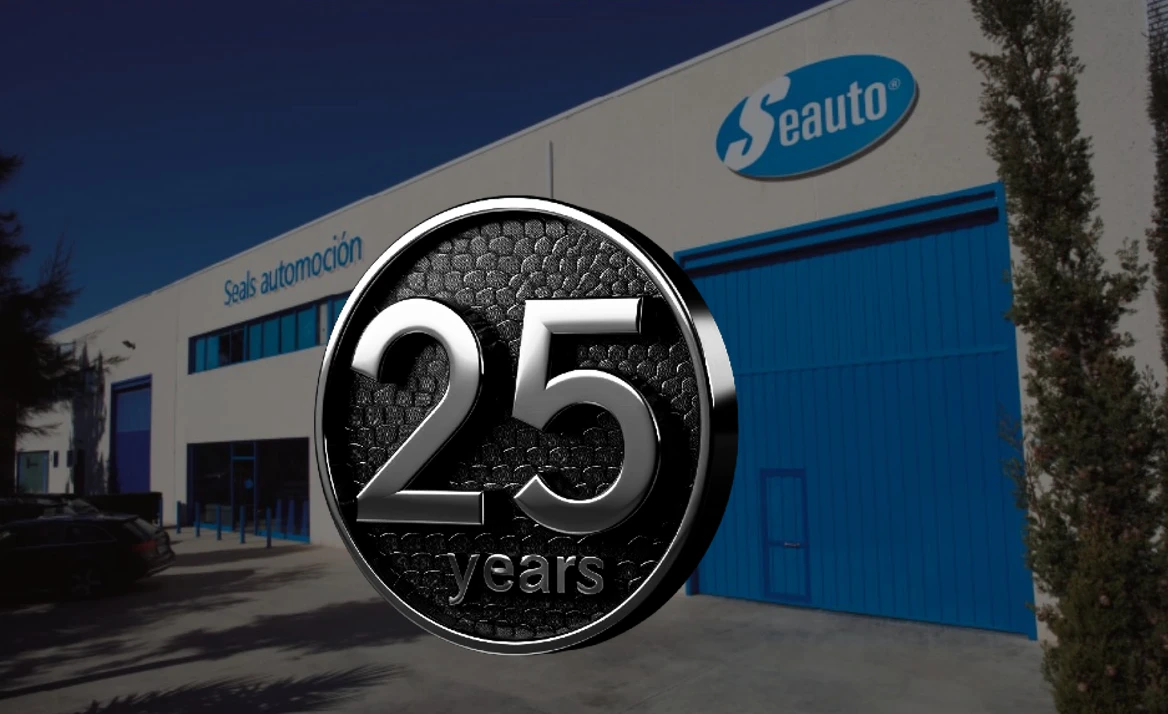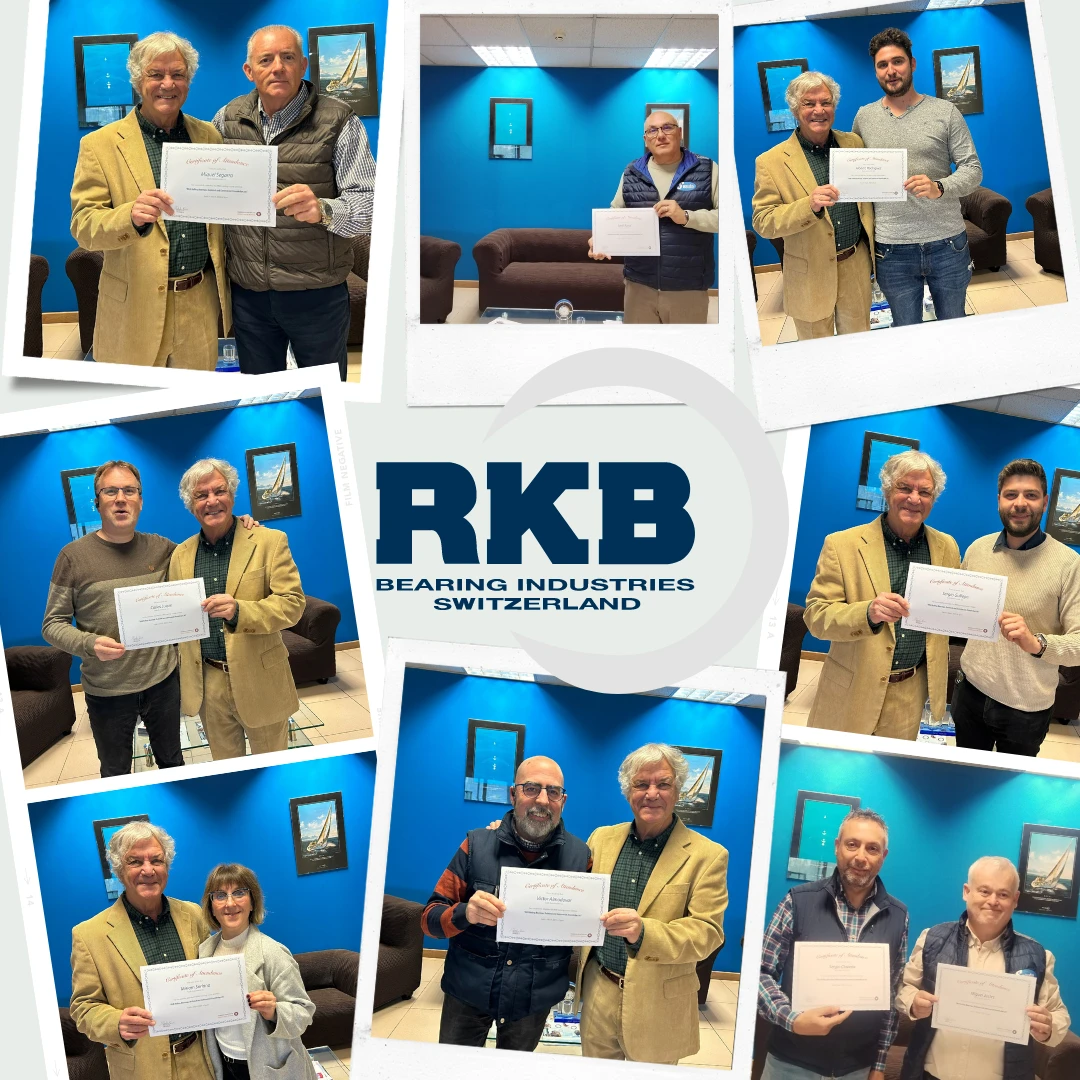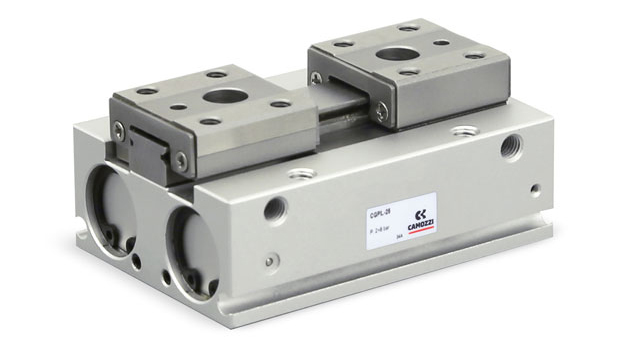An O-ring also known as an o-ring is a circular mechanical seal used to create a leak-free seal between two components. The O-ring sits in a groove and is compressed during assembly between two or more parts, creating a reliable seal at the interface. O-rings are commonly used in mechanical designs because they are easy to manufacture, economical and have generally simple assembly requirements.
What is an O-ring
O-rings are circular elastic loops that serve as seals in both stationary and mobile applications. Its main function is to provide a sealing mechanism between structures such as pipes, tubes, pistons and cylinders. Depending on the intended use, O-rings are made of different materials and are very flexible.
O-rings are used in a variety of domestic and industrial applications ranging from hydraulic and pneumatic systems to automotive engines and aerospace components. Their elasticity allows them to maintain their shape and sealing properties over time, even after repeated compression and decompression.
How they work
An O-ring consists of the O-ring and a packing gland, which is where the O-ring goes. The packing gland is usually a groove or channel cut in a metal or plastic component, such as a cylinder or valve body, where the O-ring is placed and compressed between two mating surfaces. The packing gland ensures that the O-ring is properly seated and sealed to prevent leakage of fluids or gases.
- When compressed between the two mating surfaces, the O-ring material deforms and fills any gaps or imperfections. This creates a barrier that resists fluid leakage even at extremely high or low pressures.
- The materials of which the O-rings are made (elastomers) are elastic by nature and recover their original shape. Therefore, when the pressure ceases, they return to their original position, maintaining the seal and being ready for the next cycle.
Advantages
O-rings offer several advantages over other sealing methods, including their ability to create a reliable, leak-free seal in a variety of applications. Some of these advantages are:
- Seals over a wide range of pressures, tolerances and temperatures
- Easy to use
- Do not cause structural damage to the equipment during or after assembly
- Mostly reusable
- Lightweight and compact
- The failure of the o-ring takes time to occur and can be easily identified.
- Economic
In an industrial environment, O-ring wear can have a significant impact on productivity. It is therefore recommended to ensure a sufficient supply of spare O-rings in the appropriate sizes; this allows immediate replacement of a worn O-ring. O-rings are generally classified by their function and the materials used to manufacture them.
Static and dynamic rings
Static O-ring
A static O-ring creates a reliable, watertight seal between two fixed parts, such as a pipe and fitting. For this purpose, a groove is cut in the flat surface and an O-ring of the appropriate size and dimension is inserted into it. The O-ring is then compressed into place by a second flat surface (the surface that presses on the O-ring). Once the connection is established, the application remains static and the O-ring remains stationary and does not move.
Dynamic ring
A dynamic O-ring creates a seal between two surfaces in relative motion or moving against each other. These O-rings are typically used in applications with motion or rotation, such as motors, hydraulic and pneumatic systems and other mechanical devices. Unlike static applications, dynamic applications cause O-rings to wear faster in constant motion. Therefore, it is essential to lubricate dynamic O-rings regularly to ensure their longevity and efficiency. Compared to static o-rings, the materials for dynamic o-rings should be:
- Stronger
- More resistant
- More resistant to friction and abrasion
Dynamic O-rings are commonly used to create reciprocating or rotary seals.
- Reciprocating seal: A reciprocating seal is used in reciprocating or reciprocating motion applications, such as pistons or cylinders. Alternate seals are designed to maintain sealing between two surfaces moving in opposite directions, while withstanding the friction and wear resulting from this movement.
- Rotary joint: A rotary joint maintains the seal between two surfaces that rotate against each other, as in a shaft or bearing. Rotary joints are designed to prevent fluid leakage while withstanding the friction and wear resulting from rotation.
O-ring materials
O-rings are often used in high-pressure applications where the pressure deforms the O-ring within the groove, resulting in uniform mechanical stress on the surface. Maintaining a pressure gradient below the nominal O-ring tension is crucial to avoid leaks or seepage. However, in some cases mechanical failures can lead to O-ring extrusion and destruction. To avoid this, it is necessary to select the right material for each application. These materials include a range of rubber, silicone and polymer compounds. The selection of materials for the manufacture of O-rings is based on their ability to exhibit specific traits such as elasticity and strength, which are crucial due to the critical and demanding environments in which O-rings are typically used.
FKM. Viton
- Good chemical resistance, mechanical properties and compression set resistance
- Designed to operate between -10 °C and 120 °C (-14 – 248 °F)
- Good resistance to oils and solvents such as aliphatics, aromatics and halocarbons, acids, animal and vegetable oils; not resistant to methanol
- Poor resistance to hot water and steam, as FKM swells at high temperatures
- Not suitable for polar solvents, certain esters and ethers, and glycol-based brake fluids.
More information about Viton
EPDMPolyethylene propylene diene diene monomer rubber(polymer)
- Suitable for water, steam, ketones, alcohols, brake fluids, acids/alkalis in low concentrations
- Very good weathering and ozone resistance
- Poor resistance to oils, greases and solvents and unsuitable for aromatic hydrocarbons
NBR (nitrile butadiene rubber)
- Also known as acrylonitrile butadiene or Buna-N
- Good compressive strength, tear and wear resistance
- Compatible with petroleum products, solvents and alcohol
- Sensitive to weather influences, moderate temperature resistance, not suitable for brake fluid and polar solvents
PTFE (Teflon or Polytetrafluoroethylene)
- Exceptional chemical resistance
- Designed to operate between -20 °C and 180 °C (-4 – 356 °F)
- PTFE rings are naturally white and can withstand a wide range of substances such as chemicals, acids, oils and steam.
- PTFE has high toughness and abrasion resistance; however, they cannot be easily compressed, which may result in less effective sealing.
Silicone
- Resistant to the harmful effects of oils, chemicals, heat, ozone and solvents
- Flexible even at low temperatures
- It operates over a temperature range of -60 °C to 225 °C (-76 – 437 °F), while specifically designed types can withstand temperatures from -100 °C to 300 °C (-148 – 572 °F).
Selection of an O-ring
Here is a step-by-step guide on how to select an O-ring for a specific application.
- Determine O-ring material: Determine the O-ring material based on application requirements such as temperature, pressure and media. Obtaining a replacement O-ring can be difficult if the material of the existing O-ring is not known. Use a rubber indicator test to determine the material.
- Measure O-ring size: O-rings are usually specified by inside diameter, outside diameter and cross-sectional width. Sometimes, standard size O-rings may not be suitable for the specific requirements of existing systems; in this case, use custom-made O-rings. Read our article on O-ring sizes for more information.
- Determine the hardness: The hardness of the O-ring determines its ability to resist extrusion and deformation. Hardness is measured on durometers and can range from 30 to 90. For example, an O-ring with a hardness of 60 is softer than a 70, while a 90 is harder than a 70.
- International standards: O-rings are manufactured in accordance with various international standards, such as ISO, DIN and JIS. These standards ensure that O-rings have uniform dimensions, tolerances and material properties, making them interchangeable and compatible with different applications. Examples of these specific standards for O-rings are ISO 3601, DIN 3771 and JIS-B2401.
- Special cases: There are several types of O-rings designed for specific connections or applications. For example, gaskets
Applications
The versatility and reliability of O-rings make them an essential component in many industries and applications. Here are some examples:
- Aerospace and aviation: aircraft engines, hydraulic systems and other critical components.
- Medical devices: medical equipment such as syringes, pumps and valves.
- Plumbing: pipes, faucets, valves and other plumbing components to prevent leaks.
- Hydraulics and pneumatics: sealing of moving parts such as cylinders, actuators and pistons.
- Food and beverage processing: processing equipment to prevent contamination and ensure hygiene
- Electronics: electronic components such as connectors and switches to prevent ingress of moisture and dust.
- Common household applications: Doors, windows and containers to prevent leakage and maintain airtight seals
If you want to know more about O-rings and sealing, check out this online course from Trelleborg Sealing Solutions, the world’s leading manufacturer of O-rings.
